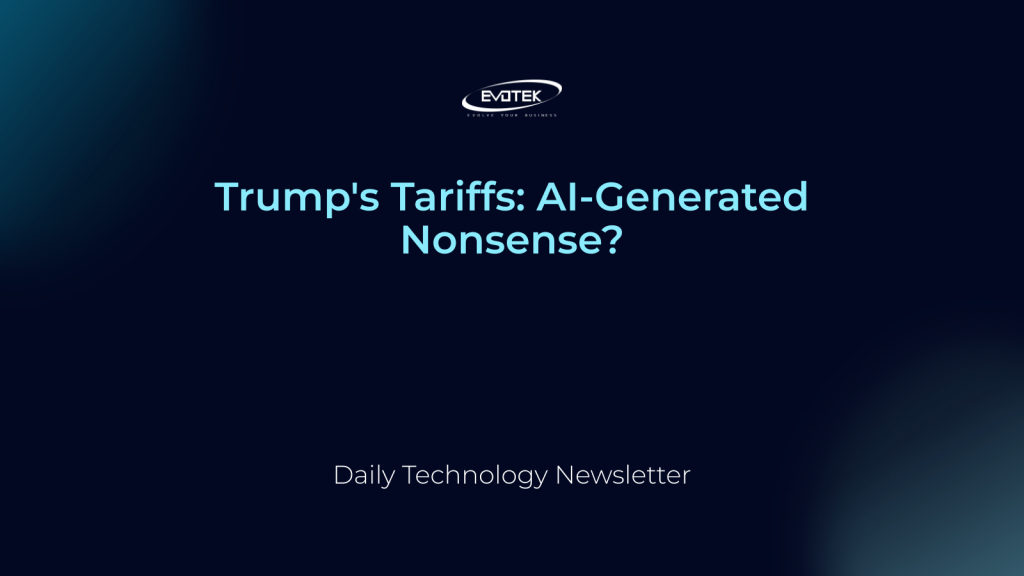President Trump’s unveiling of “Reciprocal Tariffs” sparked immediate confusion. The policy involves a 10% tariff on all US imports, plus inflated rates on specific countries, allegedly mirroring “tariffs charged to the USA.” Experts dispute this calculation, and markets are reacting negatively.
The source of these numbers? An oversimplified calculation favored by major AI chatbots.
Economist James Surowiecki suggests the tariffs result from dividing a country’s trade deficit with the US by its total exports to the US, then halving the number for a “discounted reciprocal tariff.” While the White House disputes this, their published formula appears similar.
Surowiecki deems this approach “extraordinary nonsense.” So, why this method? AI chatbots might be to blame.
Here’s how ChatGPT suggests handling a trade deficit. Screenshot: OpenAI
Users have found that ChatGPT, Gemini, Claude, and Grok consistently recommend a version of this “deficit divided by exports” formula when asked for an “easy” way to address trade deficits. The Verge confirmed this, finding all four platforms suggesting the same basic calculation when prompted for a way to “balance bilateral trade deficits.”
While variations exist (Grok and Claude suggest halving the figure), the core recommendation remains consistent across platforms.
The chatbots often caution about the formula’s oversimplification. Gemini warns of “substantial negative consequences” and states that “many economists argue that tariffs are not an effective tool for balancing trade deficits.”
Whether Trump’s team consulted AI remains unconfirmed. Regardless, the impact of these tariffs, set to begin April 5th, on global trade remains to be seen.
Related Articles
- Sonos Responds to Potential Impact of Trump Tariffs
- Trump’s Tariff Plan Threatens Online Shopping
- Rural Fiber Internet Expansion at Risk Due to Trump Administration Policies

 日本語
日本語 한국어
한국어 Tiếng Việt
Tiếng Việt 简体中文
简体中文